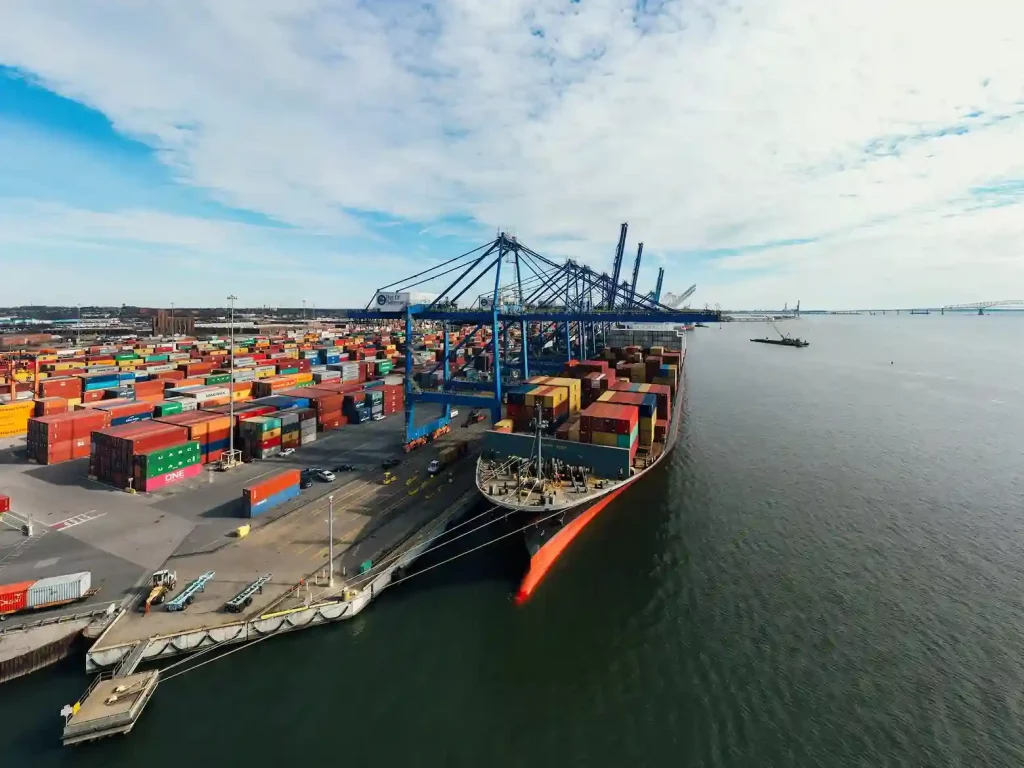Table of Contents
In the global economy, “free trade” is the principle that guides interactions between countries.
By fostering an environment where goods and services can move across borders with minimal restrictions, free trade aims to improve economic efficiency, encourage innovation, and stimulate growth.
This article will take a comprehensive look at free trade, from its definition, principles, benefits, and challenges.
Definition and Principles of Free Trade

Source: Pexels
According to StudySmarter, free trade refers to the economic policy allowing imports and exports to flow unhindered by tariffs, quotas, or other trade barriers.
At its core, the principle of free trade rests on the theory of comparative advantage, which states that economies can achieve greater efficiency and prosperity by specializing in producing the most effective goods and services.
Benefits of Free Trade
Free trade offers a lot of benefits that not only boost economic growth but also foster an innovative and efficient environment. Here are the main advantages of free trade:
1. Economic Growth and Innovation
The concept of economies of scale plays an important role in the context of free trade. By allowing businesses to expand their operations and increase their output, free trade helps spread the fixed costs of production over a larger number of goods.
This reduction in the average production cost per unit allows companies to become more competitive on a global scale.
For example, a company producing electronic goods can reduce the cost of each device by increasing the number of units produced, taking advantage of a larger scale of operations.
This efficiency not only improves the competitiveness of the company but also leads to lower prices for consumers, which contributes to an overall improvement in consumer wellness.
2. Increased Competition
Free trade opens up local markets to international players, leading to a significant increase in competition.
This high level of competition encourages businesses to innovate, improve product quality, and reduce costs to maintain or increase their market share.
For consumers, increased competition means more choice and access to better quality products at lower prices.
In addition, the pressure to remain competitive encourages companies to invest in research and development, leading to technological advancements and the introduction of new products, thus driving economic progress and consumer satisfaction.
3. Specializations
One of the fundamental benefits of free trade is the facilitation of specialization. Specialization allows countries to focus on producing the goods and services that they are most efficient at producing-often due to factors such as climate, geography, or skilled labor.
This means that countries can produce what they are good at and trade what they need, leading to an overall increase in global efficiency.
For example, a country with a climate conducive to viticulture can specialize in the production and export of wine while importing goods that are expensive to produce domestically.
This specialization not only improves the quality and quantity of goods produced but also contributes to efficiency and economic growth.
4. Reduction of Monopolies
Free trade plays an important role in reducing domestic monopoly power. By opening domestic markets to foreign competition, free trade ensures that no single supplier can dominate the market.
This influx of competitors from around the world introduces variety and choice into the market, empowering consumers with the freedom to choose from a wide variety of products and services.
Competitive pressures also encourage domestic firms to innovate and improve their offerings, ensuring better quality and lower prices.
Thus, the dismantling of monopolies through free trade will create a more vibrant, dynamic, and competitive market environment, benefiting consumers and the economy as a whole.
Challenges and Criticisms of Free Trade

Source: BBC
1. Impact on Domestic Industries
While free trade promotes overall efficiency, it can lead to the decline of protected domestic industries that are unable to compete with international competitors, resulting in job losses and economic disruption.
2. Income Distribution Effects
Research on the income distribution effects of free trade reveals that it can exacerbate income inequality within countries, as gains are unevenly distributed between capital owners and workers.
Free Trade in Action
Case Studies on Economic Growth
Free trade leads to increased growth. Economists from the Bureau of Economic Analysis point out that more than half of imports into the US are not for direct use by consumers but rather as inputs for US-based manufacturers.
By making trade freer, the cost of these imported inputs falls, which in turn lowers production costs for businesses and stimulates economic growth.
Reduction of Tariffs and Trade Barriers
The reduction of tariffs and trade barriers under free trade agreements, such as the North American Free Trade Agreement (NAFTA) and the Comprehensive and Progressive Agreement for Trans-Pacific Partnership (CPTPP), has facilitated increased trade volumes and economic integration among member countries.
Income Distribution Effects
Research findings on the income distribution impacts of free trade show a complex picture. While free trade has the potential to improve overall economic welfare, it requires complementary policies to address the inequalities it may create, indicating the need for a balanced approach to trade liberalization.
Summary
In short, free trade helps countries grow by making goods cheaper to produce, encouraging companies to be better and more creative, and letting each country do what it does best.
Free trade also shakes up old monopolies, ensuring no single company can control the price of the goods you buy.
However, not everything is smooth sailing. Sometimes, when foreign products come in, local businesses can struggle, and not everyone benefits equally, leading to a bigger gap between the rich and the poor.
We also see real-life examples that show how reducing trade barriers and making imported goods cheaper can boost growth and help everyone live better economically.
Understanding free trade is like looking at two sides of a coin. Free trade has the power to make our world richer and more innovative, but it needs careful handling to ensure its benefits reach everyone.
If you want to explore free trade opportunities, let’s trade with Hi-Fella globally!









